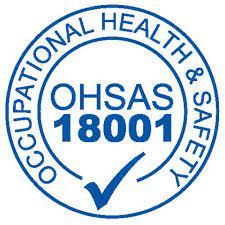“Contamination Risk due to poor air quality”
Food and beverage processing facilities deal with a multitude of airborne contaminants. These contaminants can include dust, pollen, microorganisms, allergens, and even chemical fumes from cleaning agents. Without effective air filtration systems in place, these contaminants can compromise product quality and safety.
Product Quality: Airborne contaminants can settle on ingredients and equipment, leading to off-flavors, spoilage, or other defects. For example, dust particles can affect the texture of baked goods, while pollen or allergens can contaminate packaged products, posing health risks to consumers.
Safety: Airborne microorganisms, such as bacteria and mold spores, can lead to foodborne illnesses if they come into contact with products. Proper air filtration is crucial in preventing cross-contamination and ensuring the safety of the end product.
Regulatory Compliance: Stringent regulations govern the food and beverage industry to ensure product safety and quality. Inadequate air quality control can result in non-compliance, leading to fines, recalls, and damage to a company’s reputation.
High-risk areas – cooked meat/ meal, toasting area, ice cream production, chewing gums production, supplement powder production.
Medium risk areas – raw food material processing, dairy production, juice production.
Low-risk areas – fruit, vegetable, grains, and cereals storage areas









